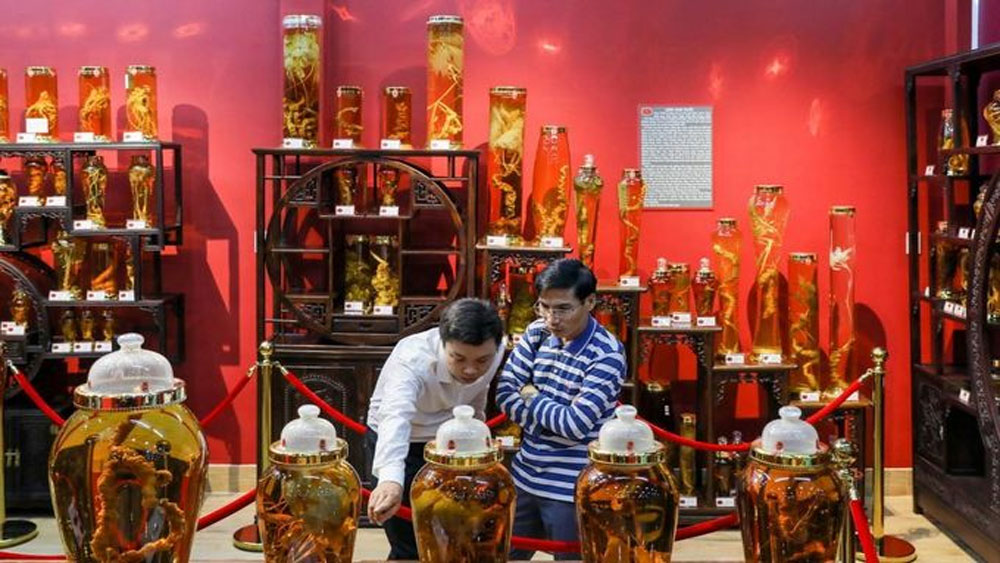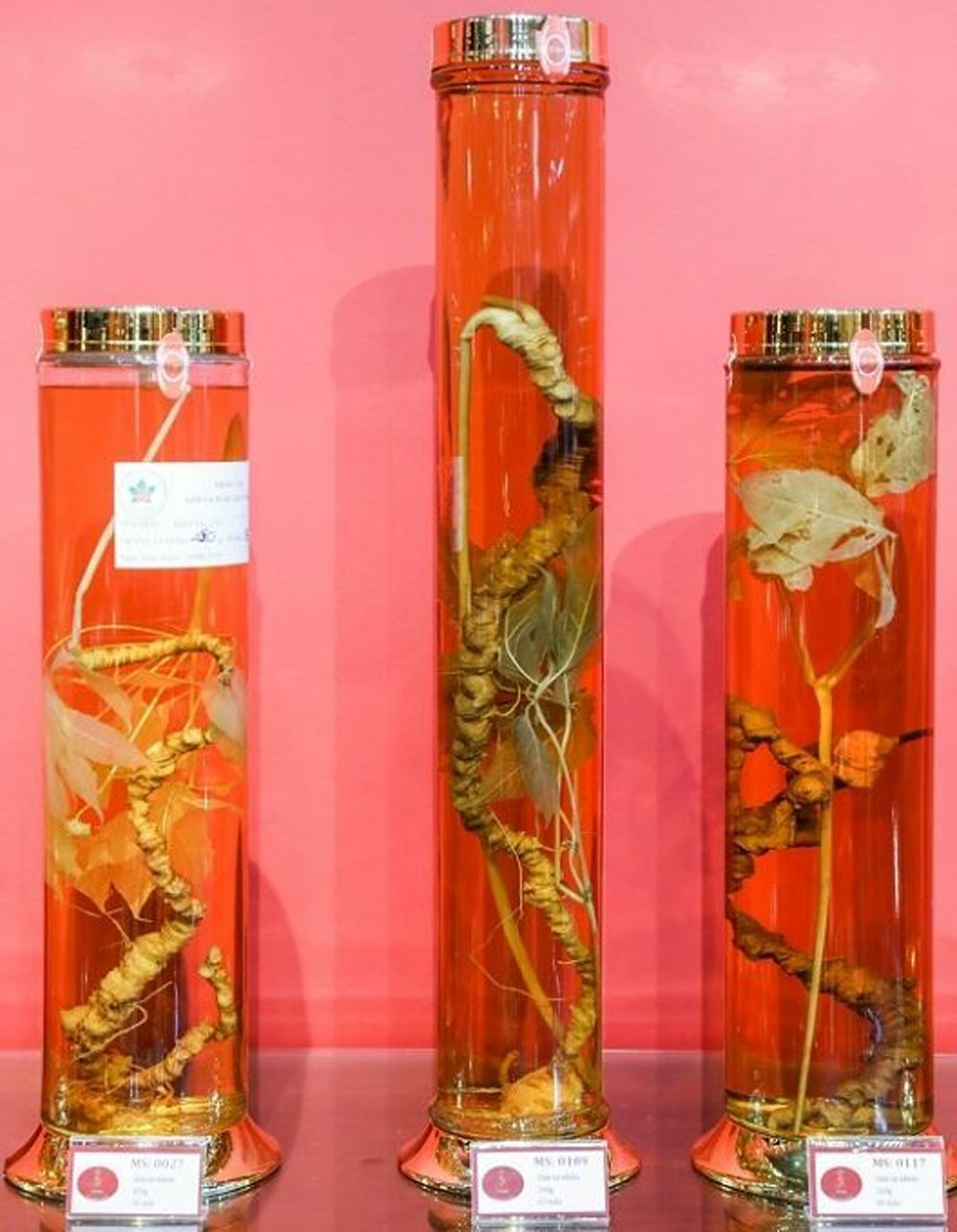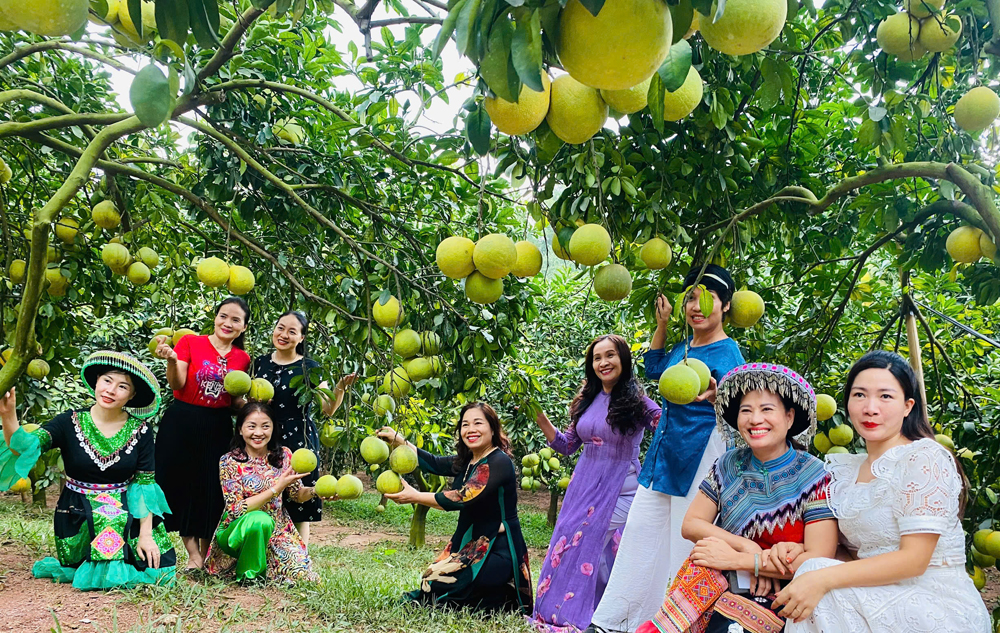Getting to the root of ginseng at Saigon museum
The museum, opened in early December at 374 Nguyen Son Street in Tan Phu District, includes some Ngoc Linh ginseng tubers that are worth billions of Vietnamese dong each (VND1 billion = $43,000).
 |
|
The Ngoc Linh Ginseng Museum is open to the public every day except Tuesday. |
On entering the 250-square-meter museum, visitors are greeted by written works, pictures and a national map depicting the distributions of the scores of varieties of Ngoc Linh.
This family of ginseng is mainly found at an altitude of 1,200-2,000 meters on Ngoc Linh Mountain straddling the provinces of Quang Nam and Kon Tum. The mountain is part of the mighty Truong Son mountain range.
The ginseng is an endemic species in Vietnam, discovered in 1973 by pharmacist Dao Kim Long on Ngoc Linh Mountain. Due to its high concentration of dammarane saponins, Vietnamese ginseng is listed as one of the world’s four most valuable along with American, Chinese and Korean species.
The Vietnamese species outshines its counterparts however with an impressive 52 saponin compounds spread throughout its rhizome and roots. In comparison, Korean ginseng contains a total of 40.
Besides naturally growing varieties, the museum also features ones that were propagated.
 |
|
The museum collection comprises three ginseng tubers aged over 50 years. The middle one is the oldest, aged 65. |
When threatened by extinction, the government categorized Ngoc Linh ginseng species as an endangered species, effectively prohibiting its exploitation and trafficking since 2006.
The Central Highlands province of Kon Tum and the central Quang Nam Province are safe havens for the species, with conservation and propagation undertaken here for the last two decades.
In another part of the museum, pseudoginseng tubers are on display amongst panax ginseng varieties. Viet explains that pseudoginseng is another medicinal plant frequently used to scam consumers since it closely resembles panax ginseng.
The museum is open to the public every day except Tuesday.
Source: VnExpress
 Bắc giang
Bắc giang
















Reader's comments (0)